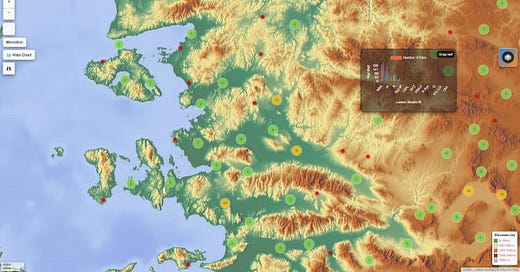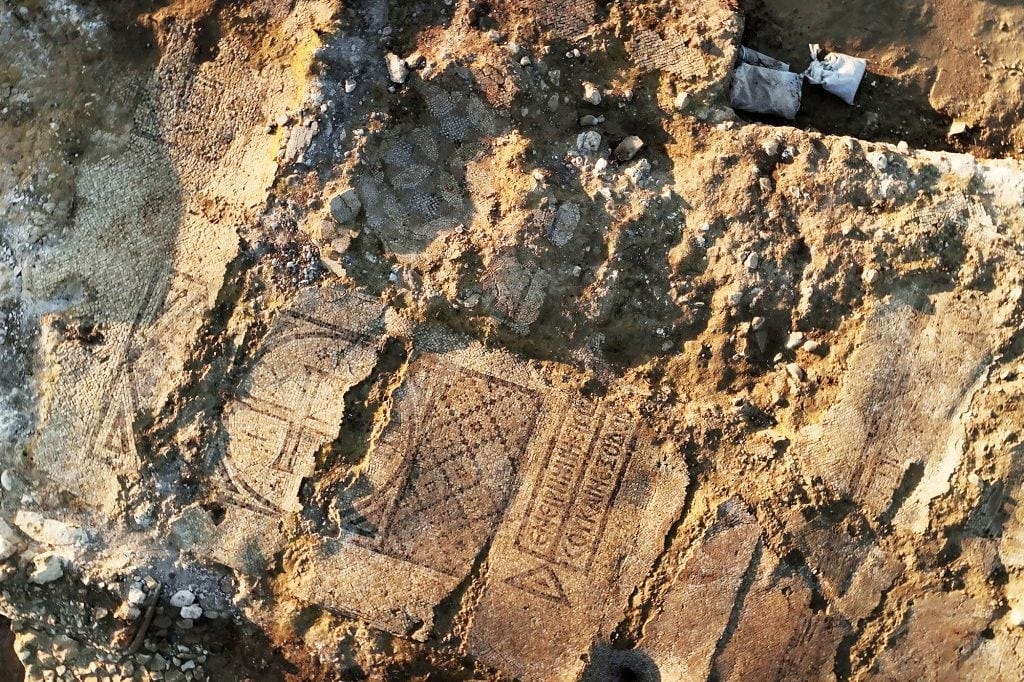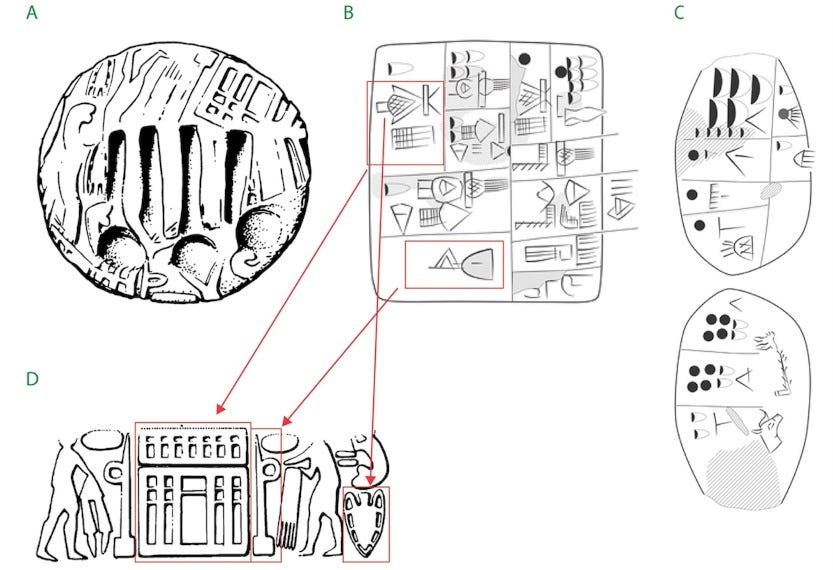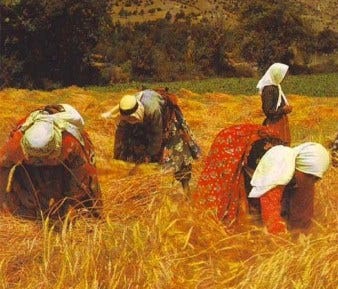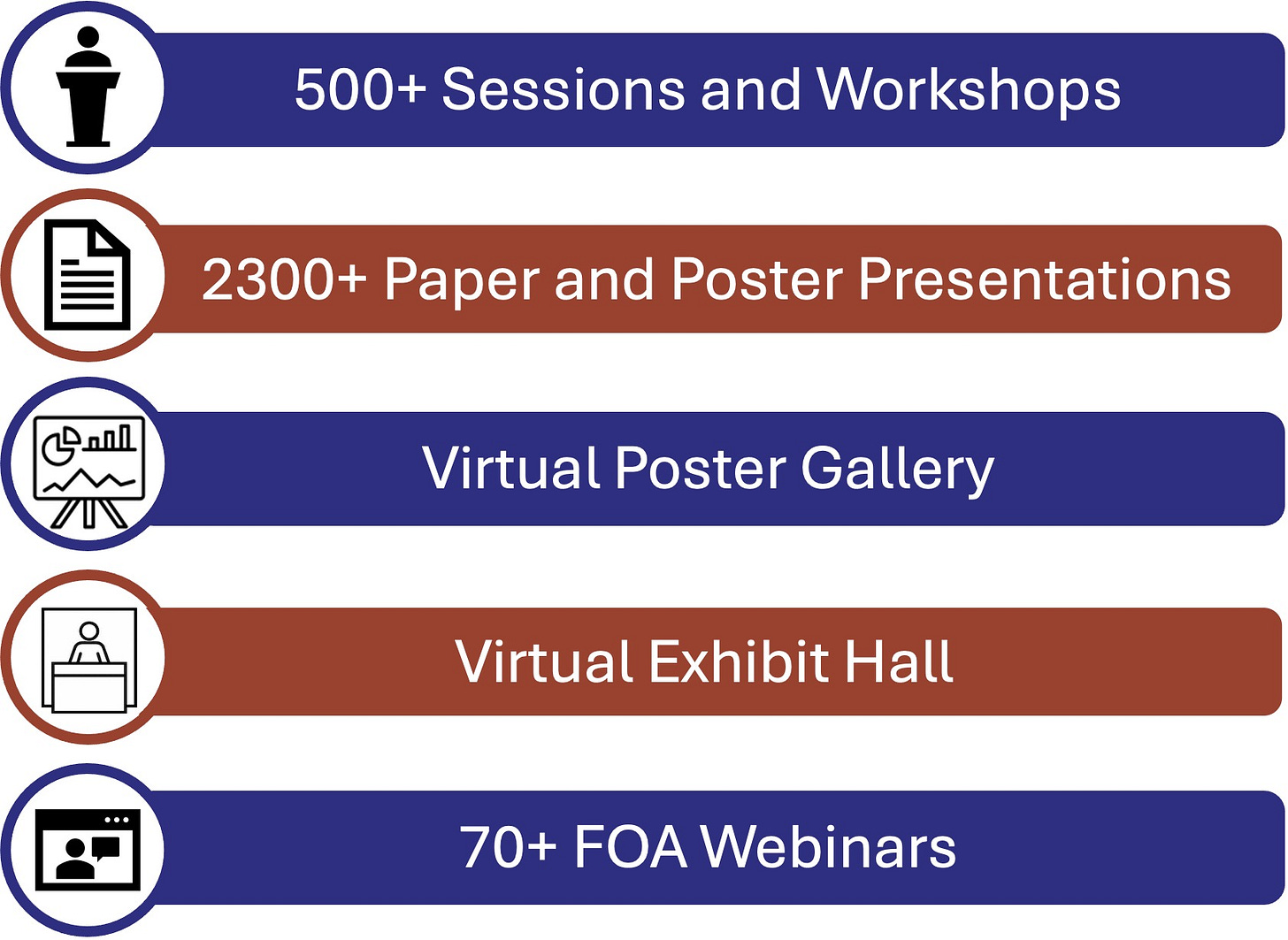ANE Today, 23 Jan 2025
Processing Geospatial Data in Archaeology, Women’s Work in Abydos, our Object of the Week, plus the usual round-up of news, books, and other media.
Processing Geospatial Data in Archaeology: Introducing LuwianSiteAtlas for Bronze Age Western Anatolia
By Alper Aşınmaz and Eberhard Zangger
Archaeological field projects count among humankind’s earliest and most enduring scientific endeavors. They inevitably generate an immense amount of material, artifacts, and data that exceed the capacity of the human mind alone. The exponentially growing volume of archaeological information has necessitated the adoption of structured data management strategies to enhance efficiency and ensure scalability for both spatial and non-spatial data. In this article, we want to highlight a recent project that uses geospatial data in archaeology, focusing on settlement patterns in western Asia Minor during the Middle and Late Bronze Age (c. 2000-1200 BCE). We hope to demonstrate how standardized geospatial data processing can enhance its scientific value and practical application in fieldwork and research.
Friends of ASOR Webinar: Kathleen Sheppard on February 5
Register now for the upcoming FOA Webinar: "Women’s Work in Abydos: Margaret Murray, Amice Calverley, and Myrtle Broome," presented by Dr. Kathleen Sheppard on Wednesday, February 5, 2025, at 7:00 pm EST. In 1902, Margaret Alice Murray got invited to work in the field—finally. Training with Flinders Petrie for the last eight years, she had taught plenty of students in London, but had never been to Egypt to work herself. She spent only one season at Abydos, working in the Osireion, a special temple that no one had yet fully understood. Two years later, Murray’s publication, The Osireion at Abydos, upended all previous theories about the site. By 1938, Amice Calverley and Myrtle Broome were leaving Abydos, having spent almost a decade copying the art in the Temple of Seti I. Their own publications, The Temple of Sethos I at Abydos, were four volumes of brilliantly painted art from the temple walls in exacting detail. This talk will detail the ways in which the work women did on site at Abydos in the early 20th century impacted our understanding and reception of one of the most important sites in all of ancient Egypt.
Read more about Dr. Sheppard's talk and register here.
In the News:
Iraqi archaeologists piece together ancient treasures ravaged by IS (phys.org)
Priest, magician, dentist: Tomb of famous ancient Egyptian doctor discovered (BBC)
Archaeological study documents rare Christian tattoo in medieval Nubia (phys.org)
Saudi Arabia strikes major culture deals with U.K. and France (Artnet)
Roman Empire’s use of lead lowered IQ levels across Europe, study finds (The Guardian)
Secrets of Alexander the Great mosaic revealed after 1st-of-its-kind analysis (LiveScience)
Paw prints on ancient artifacts show love for nature, animals (Hurriyet Daily News)
New Books to Explore:
Ritual and Power in Northern Israel: The Late Bronze and Iron Ages, by Erin Hall
Judea Under Greek and Roman Rule, by David A. deSilva
Worldmaking and Cuneiform Antiquity: An Anthropology of Science, by Francesca Rochberg
Kuzzuwatna. History of Cilicia in the Middle and Late Bronze Age (ca. 2000-1299 BC), by Andrea Trameri
Wine, Soil, and Salvation in the Hebrew Bible and New Testament, by Mark Scarlata
Museum Exhibitions:
Kyladitisses: Untold Stories of Women in the Cyclades (Museum of Cycladic Art in Athens)
Latest Podcasts:
A Coffin Girl’s Guide to the Coffin Texts (Ancient/Now)
Latest YouTube:
The Kingdom of the Nabataeans: Excavations of the Necropolis (imineo Documentaries)
A Unique Structure Discovered in the City of David – The Only One of its Kind Found in Jerusalem (City of David Channel; in Hebrew with English subtitles) Editor’s note: this video concerns excavations in East Jerusalem
Curator’s Tour of Silk Roads exhibition at the British Museum (The British Museum)
Antiochus II Theos | Seleucid Empire | Animated Documentary (Ancient History Guy)
Object of the Week:
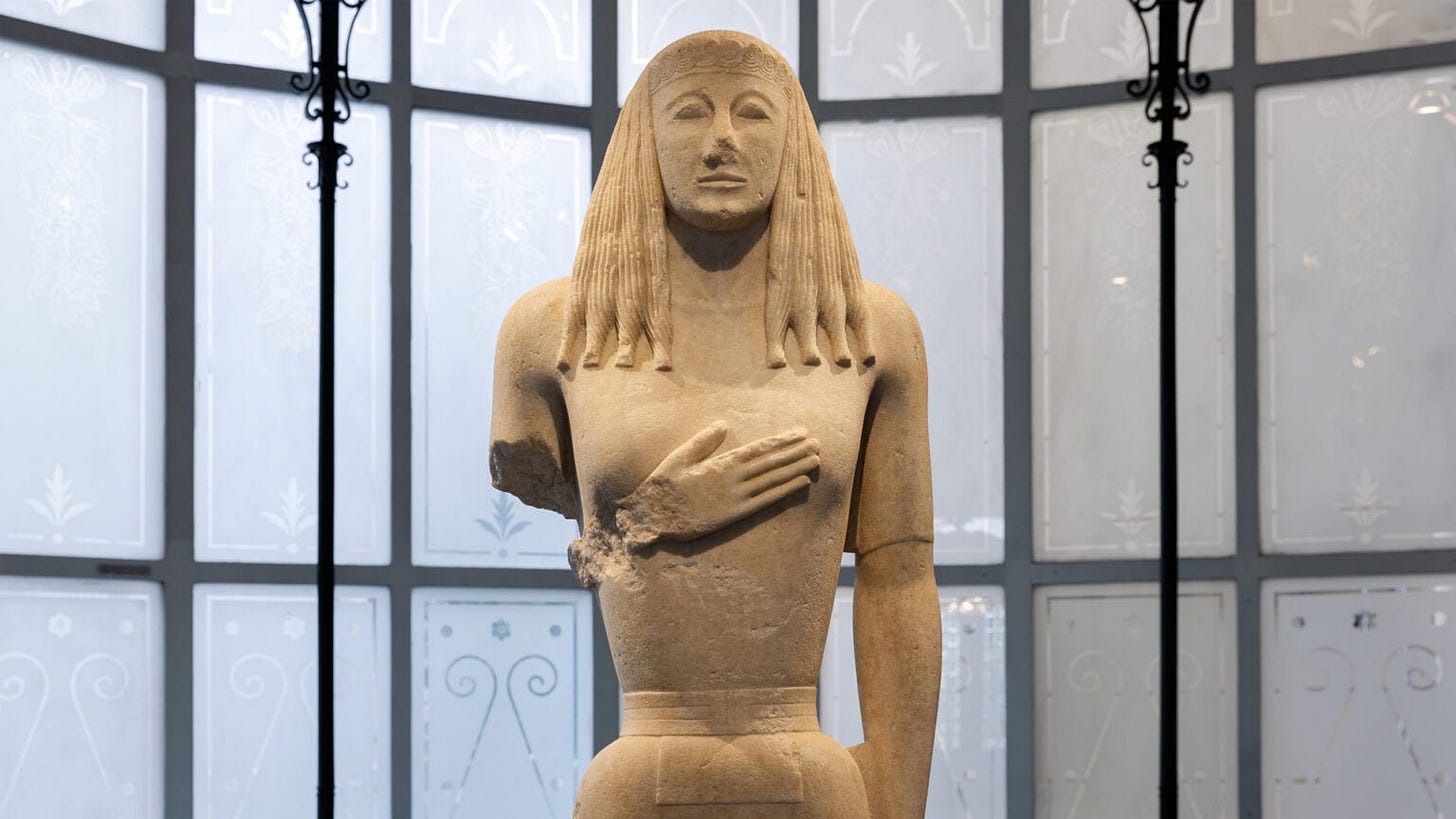
In Case You Missed It:
Inventing Writing in South-west Asia
By Kathryn Kelley, Mattia Cartolano, and Silvia Ferrara
The shift from symbols to writing represents a major advancement in human cognitive technology. What role did Mesopotamian seal imagery play? Read more...
Sponsored Content: BASONOVA "Emergence of the Israelites: Transition From a Village Perspective"
Sunday, January 26, 2pm luncheon, 3pm lecture: J.P. Dessel, University of Tennessee, Knoxville
Friends of ASOR is pleased to share information on BASONOVA lectures. The evidence for rural elites in Iron Age I is key to understanding the emergence of the Israelites from a pastoral society to a notable kingdom. Our understanding of the rural hinterland in the Late Bronze and Iron Ages of Israel is poor, at best. It is assumed that rural villages are closely tied to nearby urban city-state and had little agency or impact on events like the emergence of ancient Israel. Based on the excavation of sites like Tell ‘Ein Zippori and Tell el-Wawiyat, in the Lower Galilee, however, such multi-period villages offer compelling evidence for a deeply rooted rural population with its own potentially independent social and political organization. In particular, Tell ‘Ein Zippori displays an unforeseen sense of rural complexity that suggest the presence of rural elites, a group known from textual sources such as the Hebrew Bible and Ugaritic texts.
This event will take place at Yayla Bistro: 2201 N. Westmoreland, Arlington, VA 22213. To reserve your spot, click here. Questions? Email info@basonova.org
Annual Meeting Recordings Now Available
ASOR’s 2024 Annual Meeting was a resounding success. Scholars, archaeologists, and historians from around the world gathered to exchange ideas, present groundbreaking research, and celebrate the vibrant world of the Near East and wider Mediterranean world. ASOR is pleased to announce that recordings from the 2024 Annual Meeting in Boston are now available to view on the 2024 ASOR Online Schedule and ASOR’s Online Library. This initiative not only helps preserve the wealth of knowledge shared but also ensures that those who couldn’t attend the meeting still have access to session and workshop presentations (nearly 500 in total). Click here for more details about accessing the recordings.
Enjoy what you’re reading? Consider supporting ANE Today through a once-off or recurring donation to ASOR.
Published with the assistance of The Lanier Theological Library and Stevan Dana

